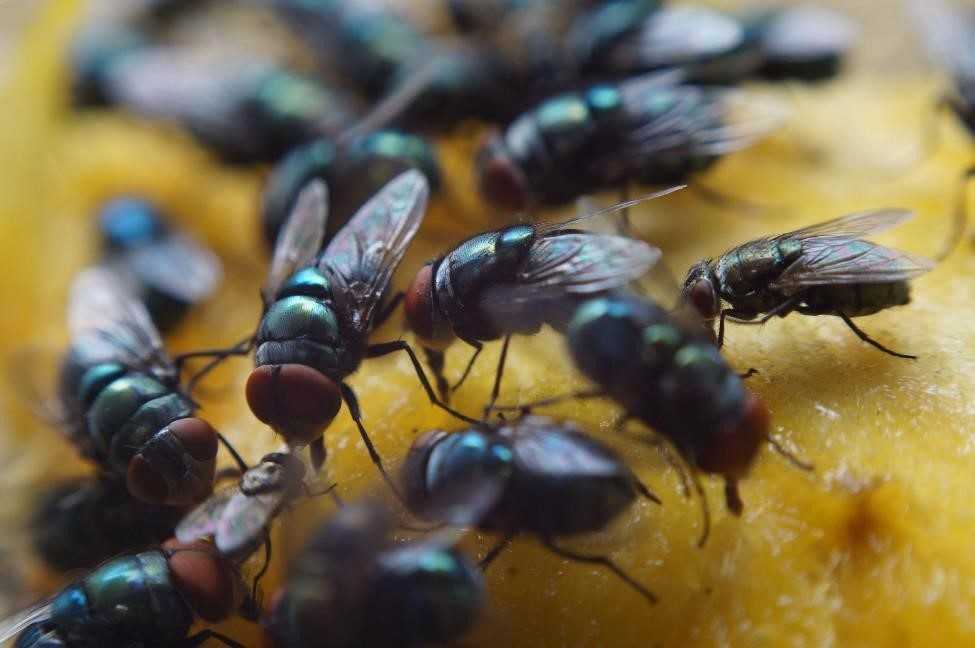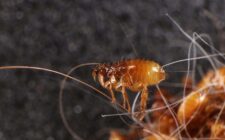Seattle has come a long way on its sustainability journey, and composting has become a staple in households by virtue of the citywide mandatory composting program, which has also achieved high participation rates. The tiny pests make your once eco-friendly experience of composting turn into a daily fight for life as they hover over your countertop bins and breed, doubling as you swipe them away from view.
Even though DIY home solutions may work for a time, once they have started an infestation of this type, you need the help of professionals to get rid of pests. Let us check out more below!
How Do Compost Bins Attract Fruit Flies?
1. It Is The Perfect Breeding Ground
With the moisture, the organic matter, and the warmth from the decaying material, compost bins provide the perfect environment for fruit flies. They replicate the environments in which fruit flies have evolved to survive. Your home compost bin contains everything they need to thrive and reproduce.
2. The Science Behind the Attraction
The antennae of fruit flies are highly sensitive and can sense fermenting organic matter from meters away. A 2005 study found that one fruit fly is capable of smelling alcohol and acetate, which are both byproducts of decay, up to 100 feet away. A compost bin filled with decomposing fruit, veggies, and food scraps continually emits these chemical signals, and in doing so, acts like a signpost broadcasting the Compost Buffet to every fruit fly in the vicinity.
3. Rapid Reproduction Cycle
The sheer number of offspring that a fruit fly can produce is astounding. In ideal situations, female fruit flies lay as many as 500 eggs, which will hatch in as little as 24-48 hours. Due to Seattle’s average indoor temperatures of 68-72°F, this process becomes faster, so you can go from a few flies in your compost bin to hundreds in as little as a week.
How to Break the Fruit Fly Cycle?
To get rid of the cycle of fruit flies, you must stop their appeal and then ruin the setting for their breeding. The trick is to realize that just getting rid of the flies you see will not solve the problem; you need to deal with the original problem in your compost set-up.
A lot of Seattle homeowners who have ongoing infestations learn that home remedies are not sufficient. Households that are composting might have even specific challenges with fruit flies, but professional pest control like United Pest Solutions knows more about how to deal with this. They are able to locate breeding sources that homeowners often overlook, and they formulate treatment plans that not only take care of immediate infestations but also create a long-lasting prevention strategy.
Smart Compost Habits for Seattle Homes
1. Choose the Right Bin Location
Keep your compost bin outside of food prep zones and allow air to circulate. The increase in the population of flies is uncomfortable in a city like Seattle, which has small kitchen spaces where the bins are too close to the dining area.
2. Master the Green-to-Brown Ratio
Balance browns and greens in the compost. The compost should contain the proper number of greens, which are high in nitrogen, and browns, which are high in carbon. An excess of fruit and vegetable scraps without sufficient paper or dry materials creates wet conditions favoured by fruit flies.
3. Implement Freezer Pre-Treatment
To get rid of these bad boys, freeze the scraps for 24-48 hours before adding them to your bin. This step will kill any existing fruit fly eggs and ensure that they will not hatch within your compost setting.
4. Create Physical Barriers
Opt for sealed lids, and if you are adding new scraps, layer with newspaper or brown paper bags. Those barriers minimize odor expulsion and make it hard for flies to gain access to breeding materials.
5. Regular Cleaning Schedule
Clean the compost bin with soapy water every week. Particular attention should be paid to crevices where organic material can be harboured and become a more concealed breeding ground.




